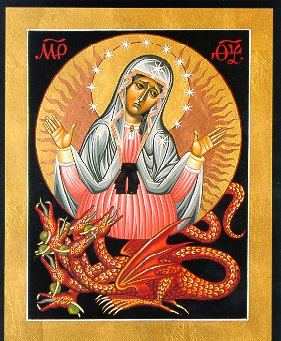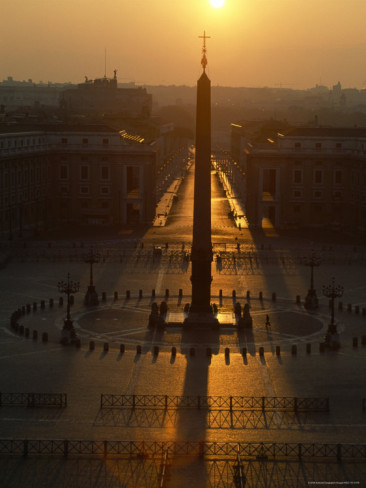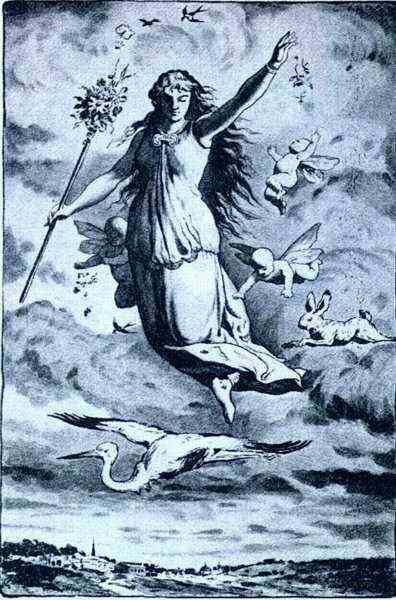 “The children gather wood, the fathers kindle the fire, and the women knead their dough, to make cakes to the queen of heaven” (Jer. vii. 18.)
“The children gather wood, the fathers kindle the fire, and the women knead their dough, to make cakes to the queen of heaven” (Jer. vii. 18.)
Not many people are aware that in Christianity the holiday that we celebrate as Easter which represents the allegorical resurrection of Jesus Christ, had actually been derived from an ancient fertility cult based on the astrological events of the spring equinox. These springtime celebrations had occurred for thousands of years long before Christ had been born or the stories of his allegorical death were told.
It was during the 6th-7th centuries AD when this original pagan holiday was incorporated into Christianity and the Catholic Church. It would officially become a Christian Holiday and would be assigned in the bible of the New Testament to the day of Christ’s resurrection and thereafter was called Easter.
The English word Easter is derived from an Old English or Anglo-Saxon word Ēastre or Ēostre (or Estarte/Astarte), who was an ancient fertility Goddess that various Anglo-Saxon Tribes worshiped during the start of this Sixth Age when they had celebrated this time of year as the suns Passover time, and to whom sacrifices were annually offered.
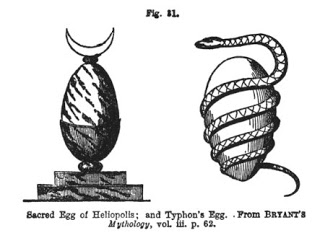 Before the Anglo-Saxons had worshiped Estarte, she was called by the Sumerian Inanna and later the Akkadian Ishtar, whose temple priestesses were the “women of Ishtar”; ishtaritum and sacred “prostitution” was part of this religion or cult and their temples served as houses of prostitution, in which the priestesses were prostitutes. In the East, to the Phoenicians, Canaanites and Babylonians she was the Goddess that was known as Astoreth or Ishtar. She was also the Babylonian Venus or Goddess of love and the consort of the pagan Fire God, Baal.
Before the Anglo-Saxons had worshiped Estarte, she was called by the Sumerian Inanna and later the Akkadian Ishtar, whose temple priestesses were the “women of Ishtar”; ishtaritum and sacred “prostitution” was part of this religion or cult and their temples served as houses of prostitution, in which the priestesses were prostitutes. In the East, to the Phoenicians, Canaanites and Babylonians she was the Goddess that was known as Astoreth or Ishtar. She was also the Babylonian Venus or Goddess of love and the consort of the pagan Fire God, Baal.
Isaiah 57:3-5:”But you, draw near hither, sons of the sorceress, offspring of the adulterer and the harlot. Of whom ‘are you making sport? Against whom make ye a wide mouth, and draw out the tongue? Are ye not children of transgression, a seed of falsehood? Inflaming yourself with idols under every green tree, slaying the children in the valleys under the cleft of the rocks?”
During the fourth century BC, in Greek mythology she is called Aphrodite who is the goddess of love, beauty, sexual rapture, pleasure, and procreation, and her counterpart is the Roman Venus.
The connection of Ishtar (Estarte) and Easter is in the AS ABOVE with Venus and the zodiacal sign of Virgo, where she bears the child or carries the ear of corn in her hand. Spica, “ear” (of corn) is the brightest star in Virgo.
On the monuments of the Assyrians they had called her Ishtar and they had worshiped her as the “Queen of Heaven with Crescent Horns.” On an impression of a Neo-Assyrian seal, dated 883-612 BCE, she is called Ishtar-of-the-Stars with her striding left leg protruding from a overskirt, revealing a warrior’s kilt indicating her warrior aspect.
Manly P. Hall had written in ‘The Secret Teachings of All Ages,’ “Ishtar represents the spirit of fertility, her loss prevents the ripening of the crops and the 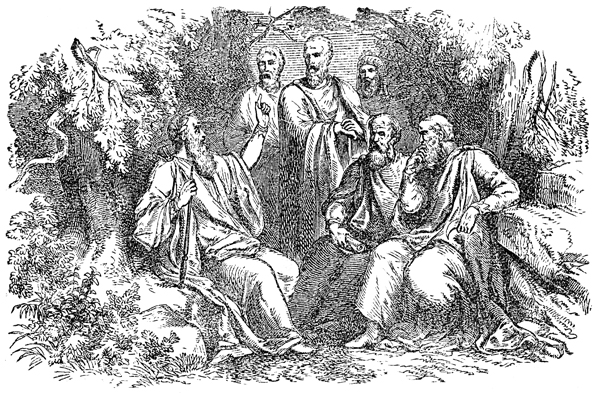 maturing of all life upon the earth. The gods, realizing that the loss of Ishtar is disorganizing all Nature, send a messenger to the underworld and demand her release; and M. P. Blavatsky in ‘Isis Unveiled’ had said, “Sovereign goddess, lady of the nether abyss, mother of gods, queen of the earth, queen of fecundity….As the primordial humidity, whence proceeded all, Belita is Tamti, or the sea, the mother of the city of Erech, therefore, an infernal goddess. In the world of stars and planets she is known as Ishtar or Astoreth.”
maturing of all life upon the earth. The gods, realizing that the loss of Ishtar is disorganizing all Nature, send a messenger to the underworld and demand her release; and M. P. Blavatsky in ‘Isis Unveiled’ had said, “Sovereign goddess, lady of the nether abyss, mother of gods, queen of the earth, queen of fecundity….As the primordial humidity, whence proceeded all, Belita is Tamti, or the sea, the mother of the city of Erech, therefore, an infernal goddess. In the world of stars and planets she is known as Ishtar or Astoreth.”
Author Edward Davies, in ‘The Druids’ wrote; “As Easter is associated with eggs, we find that Venus, or Astarte, is said to have been hatched by doves from a wondrous egg that fell from heaven into the Euphrates River and was rolled ashore by fishes. The ancient Druids bore an egg as the sacred emblem of their order.” (Davies’ Druids, p. 208)
It was the descendants of the Canaanites, Babylonians and the Phoenician Bards (Cohanim, Kohanim or Cohen) who had brought these teachings from the East. These Phoenician priests would become known as the ancient Druids of Ireland, Scotland, Gaul and Britain. They were the priests who introduced this Goddess to the West and into the folds of Christianity during the 5th-10th centuries. This was the time that the Celtic Druid Church had merged with the Roman Church to then form the Universal (Catholic) Church of the East, the West, and a tribe known today as the Anglo-Saxons.
Easter is linked to the Passover and Exodus from Egypt recorded in the Old Testament through the Last Supper and crucifixion that preceded the resurrection. When the early Church was first forming, one of the issues in uniting the Brotherhood was the Easter dating controversy. According to the Celtic Church rule, Easter Day could not be observed later than the 21st of April, and the Romans would celebrate as late as the 25th of April. The First Council of Nicaea (325) established the date of Easter as the first Sunday after the full moon (the Paschal Full Moon) following the March equinox. The modern Jewish Passover and Feast of Unleavened Bread is seven days.
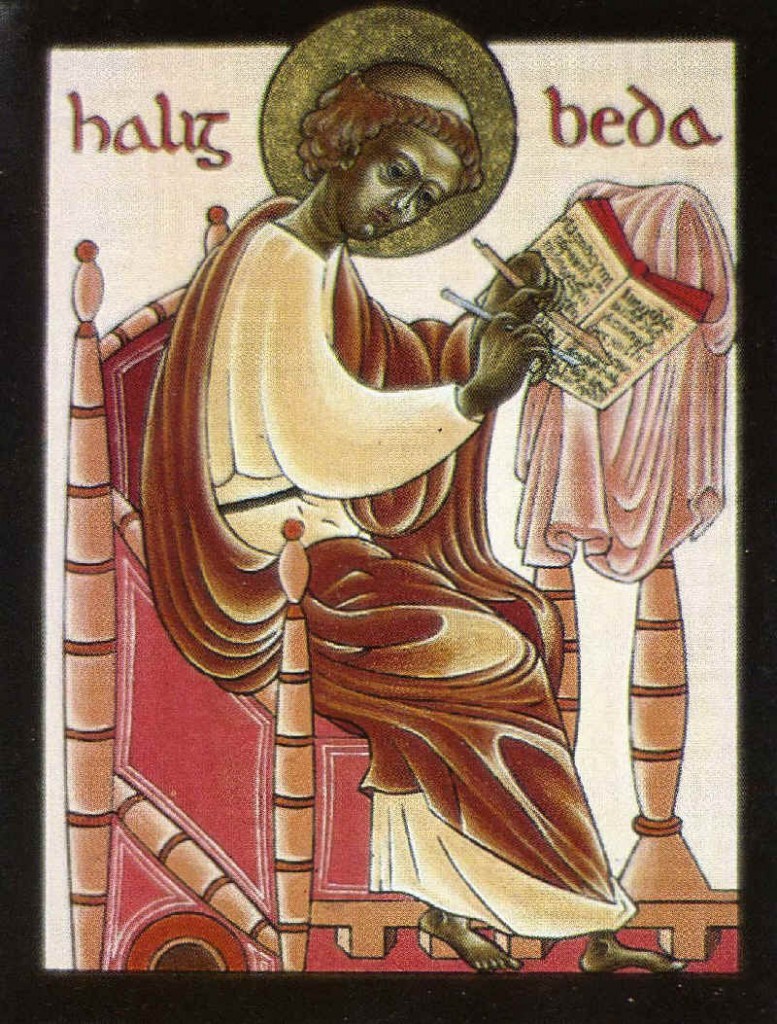 In 725, Bede had written, “The Sunday following the full Moon which falls on or after the equinox will give the lawful Easter.” The Venerable Bede had helped formulate the date of Easter by instead of calculating it from the year of the building of Rome (A.U.C.), 753 or 754, he had figured the dating from the beginning year of the birth of Christ, and calculated the Easter date for ninety-five years, from 531 to 626. His calculations and writings helped establish unity amongst the various tribes at the time, to help form the Anglo-Saxons. He also helped establish the foundation of the early history of England in regards to the Church and the State.
In 725, Bede had written, “The Sunday following the full Moon which falls on or after the equinox will give the lawful Easter.” The Venerable Bede had helped formulate the date of Easter by instead of calculating it from the year of the building of Rome (A.U.C.), 753 or 754, he had figured the dating from the beginning year of the birth of Christ, and calculated the Easter date for ninety-five years, from 531 to 626. His calculations and writings helped establish unity amongst the various tribes at the time, to help form the Anglo-Saxons. He also helped establish the foundation of the early history of England in regards to the Church and the State.
Saint Bede had attributed the eventual agreement for the Easter date to the great work of a fellow Celtic Culdee Monk from Iona named Adamnan (Adomnán), who had helped persuade the king of Northumbria, Aldfrid (Aldfrid, Aldfridus, or Flann Fína mac Ossu) to agree to this dating of Easter. Adamnan was a descendant of Colmán mac Sétna, a cousin of Saint Columba and the ancestor, through his son Ainmire, of the kings of Cenél Conaill. For converting King Aldfrid and several others to Christianity, Adamnan would become a Saint in the Catholic Church.
In Bede’s, “Ecclesiastical History of England,” he quotes King Aldfrid acceptance to the dating of the true celebration of Easter;
“This letter having been read in the presence of King Naiton and many learned men, and carefully interpreted into his own language by those who could understand it, he is said to have much rejoiced at the exhortation thereof; insomuch that, rising from among his nobles that sat about him, he knelt on the ground, giving thanks to God that he had been found worthy to receive such a gift from the land of the English.”
And indeed,” he said, “I knew before, that this was the true celebration of Easter, but now I so fully learn the reason for observing this time, that I seem in all points to have known but little before concerning these matters. Therefore I publicly declare and protest to you that are here present, that I will for ever observe this time of Easter, together with all my nation; and I do decree that this tonsure, which we have heard to be reasonable, shall be received by all clerks in my kingdom.” Without delay he accomplished by his royal authority what he had said.
Soon after the conversion of the king of Northrumbia, a priest named Egbercht would help convert his fellow Druid-Culdee monks on the Island of Iona (Isle of Hii). Bede again writes about the events at this time;
THE MONKS OF HH AND THE MONASTERIES SUBJECT TO THEM BEGIN TO CELEBRATE THE CANONICAL EASTER AT THE PREACHING OF EGBERCHT.
Nor long after, those monks also of the Scottish nation, who lived in the isle of Hii, with the other monasteries that were subject to them, were by the assistance of our Lord brought to the canonical observation of Easter, and the right mode of tonsure. For in the year after the incarnation of our Lord 716, when Osfred was slain, and Coenred took upon him the government of the kingdom of the Northumbrians, the holy father and priest, Egbercht, beloved of God, and worthy to be named with all honour, whom we have often mentioned before, coming among them, was joyfully and honourably received.
Being a most agreeable teacher, and devout in practicing those things which he taught, and being willingly heard by all, he, by his pious and frequent exhortations, converted them from that inveterate tradition of their ancestors, of whom may be said those words of the apostle, “That they had the zeal of God, but not according to knowledge.” He taught them to perform the principal solemnity after the catholic and apostolic manner, as has been said, under the figure of a perpetual circle; which appears to have been accomplished by a wonderful dispensation of the Divine goodness; to the end, that the same nation which had willingly, and without envy, communicated to the English people the knowledge of the true Deity, should afterwards, by means of the English nation, be brought where they were defective to the true rule of life.
Even as, on the contrary, the Britons, who would not acquaint the English with the knowledge of the Christian faith, now, when the English people enjoy the true faith, and are thoroughly instructed in its rules, continue inveterate in their errors, expose their heads without a crown, and keep the solemnity of Christ without the society of the Church.
The monks of Hii, by the instruction of Egbercht, adopted the catholic rites, under Abbot Dunchad, about eighty years after they had sent Aidan to preach to the English nation. This man of God, Egbercht, remained thirteen years in the aforesaid island, which he had thus consecrated again to Christ, by kindling in it a new ray of Divine grace, and restoring it to the unity of ecclesiastical discipine. In the year of our Lord’s incarnation 729, in which the Easter of our Lord was celebrated on the eighth day of the kalends of May, he performed the solemnity of the mass, in memory of the same resurrection of our Lord, and dying that same day, thus finished, or rather never ceases to celebrate, with our Lord, the apostles, and the other citizens of heaven, that greatest festival, which he had begun with the brethren, whom he had converted to the unity of grace. But it was a wonderful dispensation of the Divine Providence, that the venerable man not only passed out of this world to the Father, in Easter, but also when Easter was celebrated on that day, on which it had never been wont to be kept in those parts.
The brethren rejoiced in the certain and catholic knowledge of the time of Easter, and rejoiced in the protection of their father, departed to our Lord, by whom they had been converted. He also congratulated his being so long continued in the flesh till he saw his followers admit, and celebrate with him, that as Easter day which they had ever before avoided. Thus the most reverend father being assured of their standing corrected, rejoiced to see the day of our Lord, and he saw it and was glad.
Easter is the fundamental and most important festival of the Eastern and Oriental Orthodox Churches:
- This is the Expected and Holy Day,
- The One among the Sabbaths,
- The Sovereign and Lady of days,
- Feast of feasts, Celebration of celebrations,
- On which we praise Christ for all eternity!
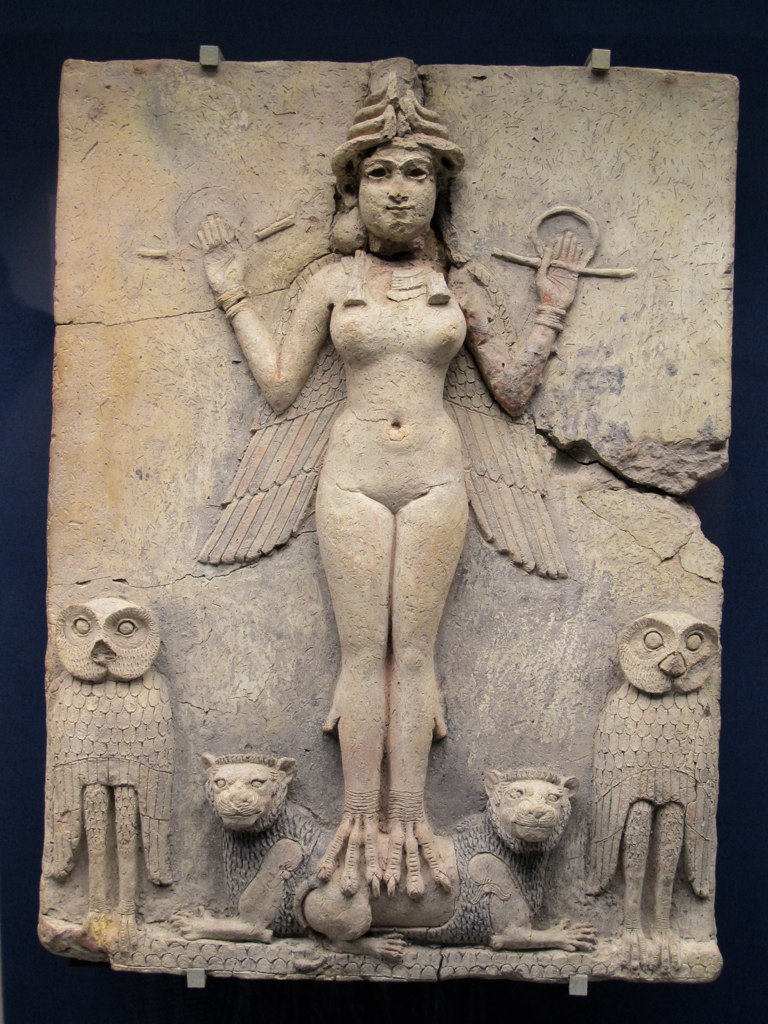 In the British Museum there can be found on an ancient tablet, the story of the descent of Ishtar into Hades and her return to the world of the living.
In the British Museum there can be found on an ancient tablet, the story of the descent of Ishtar into Hades and her return to the world of the living.
Ishtar, daughter of the Moon-god San, turned her mind to the land of Hades, the region of her desire. She determined to go to the house where all meet, the dwelling of the god Irkalla; to the house which men enter, but cannot depart from; to the road men go, but cannot return. In that abode of darkness and famine earth is their food, clay their nourishment. No light is there seen; they dwell in darkness. There ghosts, like birds, flutter their wings; the dust lies undisturbed on the door and gate posts.
When Ishtar arrived at the gate of Hades she spoke to the keeper of the gate: “O keeper! Open thy gate! Open thy gate! I say, that I may enter! If thou openest not thy gate, I will assault the door; I will break down the gate; I will attack the entrance; I will split open the portals. I will raise the dead to be the devourers of the living! The dead shall prey upon the living!”
In the book, ‘Persian literature, ancient and modern,’ by Elizabeth Armstrong Reed, there is a good description of what her name changes and her rites were at the time;
In column II of the tablet under consideration, we find the story of the king whom Ishtar changed into a leopard, “and his own dogs bit him to pieces.” No one can doubt that we see here the original of the Greek fable of Actaeon, the hero who offended the goddess Diana, when she revenged herself by changing him into a deer, and his dogs no longer knowing their master, fell upon him and tore him to pieces.1 The classic authors of Greece and Home, however, attribute the fate of Actaeon to the vengeance of the strong and graceful Diana, whom he offended by allowing his eyes to rest upon her rich beauty, while the tablet ascribes the fate of the king to the wanton cruelty of Ishtar.
Diana is sometimes identified with Hecate, the daughter of Asteria or Ishtar, and she retains the characteristics of her mother by appearing as the goddess of the moon. Her temple at Ephesus, with its hundred and twenty-seven columns of Parian marble, was one of the “Seven Wonders of the World,” but the hideous idol within it was roughly carved of wood, not as a beautiful huntress, but as an Egyptian monster, whose deformity was hidden by a curtain.
33 Degree Freemason Manly P. Hall said this in the encyclopedia outline “Masonic, Hermetic, Quabbalistic & Rosicrucian Symbolical Philosophy;”
At the first gate the great crown is removed from her head, at the second gate the earrings from her ears, at the third gate the necklace from her neck, at the fourth gate the ornaments from her breast, at the fifth gate the girdle from her waist, at the sixth gate the bracelets from her hands and feet, and at the seventh gate the covering cloak of her body. Ishtar remonstrates as each successive article of apparel is taken from her, but the guardian tells her that this is the experience of all who enter the somber domain of death. Enraged upon beholding Ishtar, the Mistress of Hades inflicts upon her all manner of disease and imprisons her in the underworld.
As Ishtar represents the spirit of fertility, her loss prevents the ripening of the crops and the maturing of all life upon the earth…The gods, realizing that the loss of Ishtar is disorganizing all Nature, send a messenger to the underworld and demand her release.

Moe is the founder of GnosticWarrior.com. He is a father, husband, author, martial arts black belt, and an expert in Gnosticism, the occult, and esotericism.

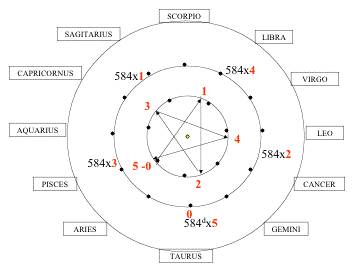
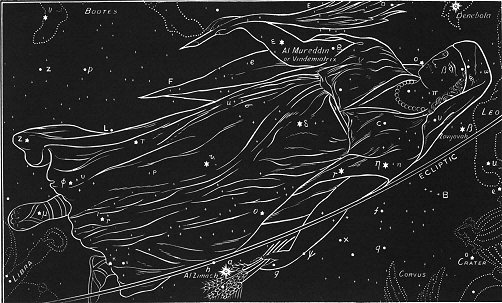
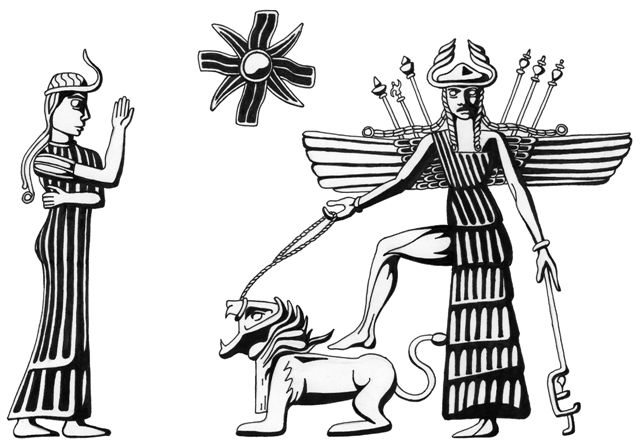
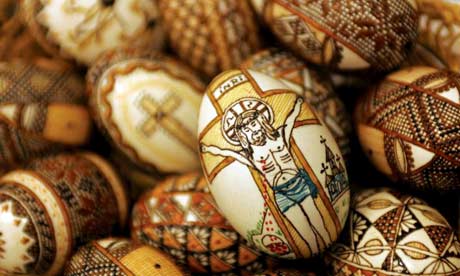
![How the monks of Hii, and the monasteries subject to them, began to celebrate the canonical Easter at the preaching of Egbert [716 A. D.] | Book 5 | Chapter 21 How the monks of Hii, and the monasteries subject to them, began to celebrate the canonical Easter at the preaching of Egbert [716 A. D.] | Book 5 | Chapter 21](https://www.gnosticwarrior.com/wp-content/plugins/contextual-related-posts/default.png)
